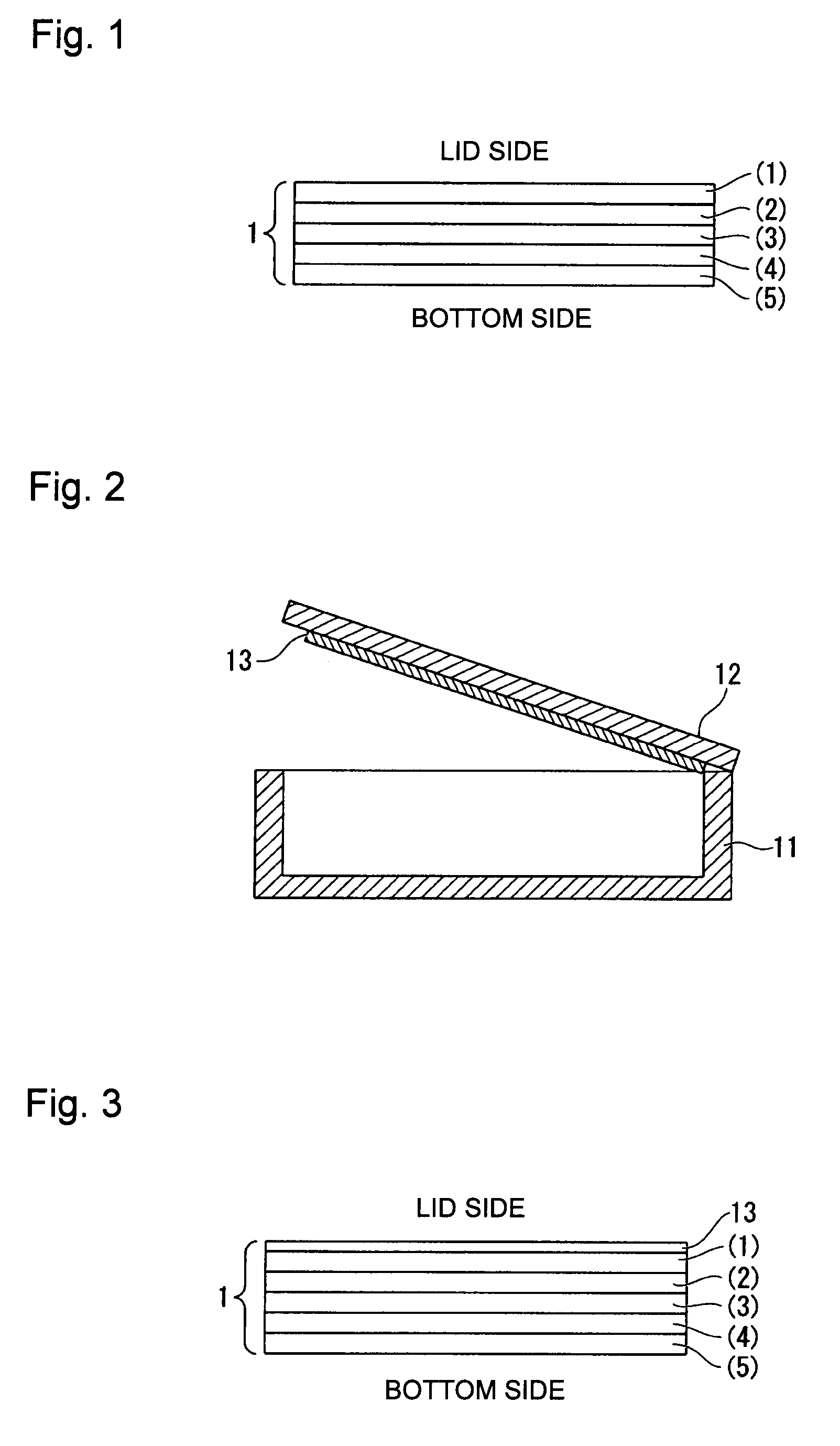Process for producing flexible polyurethane foam and seat
a polyurethane foam and polyurethane technology, applied in the field of process for producing flexible polyurethane foam and seat, can solve the problems of likely deterioration of the physical properties of the foam, and achieve the effects of excellent mechanical properties, excellent mechanical properties, and reduced shrinkage of the foam
- Summary
- Abstract
- Description
- Claims
- Application Information
AI Technical Summary
Benefits of technology
Problems solved by technology
Method used
Image
Examples
preparation example 1
Preparation of TBA-DMC Catalyst
[0229]A zinc hexacyanocobaltate complex (DMC catalyst) having tert-butyl alcohol (hereinafter referred to as TBA) coordinated was prepared as follows.
[0230]In a 500 mL flask, an aqueous solution comprising 10.2 g of zinc chloride and 10 g of water was put. While the zinc chloride aqueous solution was stirred at 300 revolutions per minute, an aqueous solution comprising 4.2 g of potassium hexacyanocobaltate (K3Co(CN)6) and 75 g of water was dropwise added to the zinc chloride aqueous solution over a period of 30 minutes. During the dropwise addition, the mixed solution in the flask was kept at 40° C.
[0231]After completion of dropwise addition of the potassium hexacyanocobaltate aqueous solution, the mixture in the flask was stirred further for 30 minutes, and a mixture comprising 80 g of tert-butyl alcohol, 80 g of water and 0.6 g of the polyol P was added, followed by stirring at 40° C. for 30 minutes and at 60° C. further for 60 minutes.
[0232]The poly...
preparation example 2
Preparation of ETB-DMC Catalyst
[0236]A zinc hexacyanocobaltate complex (DMC catalyst) having ethylene glycol mono-tert-butyl ether (hereinafter referred to as EGMTBE) coordinated was prepared as follows.
[0237]In 15 ml of an aqueous solution containing 10 g of zinc chloride, 80 ml of an aqueous solution containing 4 g of K3Co(CN)6 was dropwise added over a period of 30 minutes. During the dropwise addition, the reaction solution was warmed at 40° C. and stirred. After completion of the dropwise addition, a mixture comprising 80 ml of EGMTBE as the organic ligand and 80 ml of water was added, and the mixture was heated to 60° C. After stirring for 1 hour, filtration operation was carried out to obtain a cake containing a double metal cyanide complex.
[0238]Then, to the cake containing a double metal cyanide complex, a mixture comprising 40 ml of EGMTBE and 80 ml of water was added, followed by stirring for 30 minutes, and the mixture was subjected to filtration. To a cake containing a ...
production example 1
Production of Polyol (A1-1)
[0239]The initiator (a1) used in this Example was a polyoxypropylene triol having a number average molecular weight (Mn) of 1,500 and a hydroxy value of 112 mgKOH / g, prepared by subjecting PO to ring-opening addition polymerization to glycerin using a potassium hydroxide (KOH) catalyst, followed by purification by using KYOWAAD 600S (trade name, synthetic adsorbent, manufactured by Kyowa Chemical Industry Co., Ltd.).
[0240]As the pressure resistant reactor, a pressure resistant reactor (capacity: 10 L, diameter: 200 mm, height: 320 mm) made of stainless steel (JIS-SUS-316) equipped with a stirrer having one pair of anchor blades and two pairs of 45° inclined two-plate paddle blades attached, and having a condenser tube through which cooling water flows provided in the interior of the container, was used.
[0241]As measurement of the temperature of the reaction liquid, the liquid temperature was measured by a thermometer placed at the lower portion in the inte...
PUM
| Property | Measurement | Unit |
|---|---|---|
| mass % | aaaaa | aaaaa |
| mass % | aaaaa | aaaaa |
| temperature | aaaaa | aaaaa |
Abstract
Description
Claims
Application Information
 Login to View More
Login to View More - R&D
- Intellectual Property
- Life Sciences
- Materials
- Tech Scout
- Unparalleled Data Quality
- Higher Quality Content
- 60% Fewer Hallucinations
Browse by: Latest US Patents, China's latest patents, Technical Efficacy Thesaurus, Application Domain, Technology Topic, Popular Technical Reports.
© 2025 PatSnap. All rights reserved.Legal|Privacy policy|Modern Slavery Act Transparency Statement|Sitemap|About US| Contact US: help@patsnap.com

